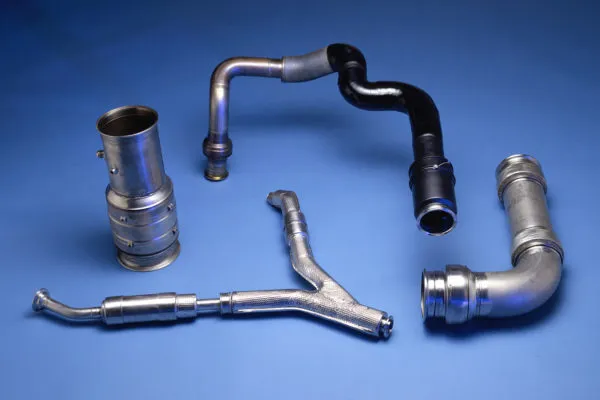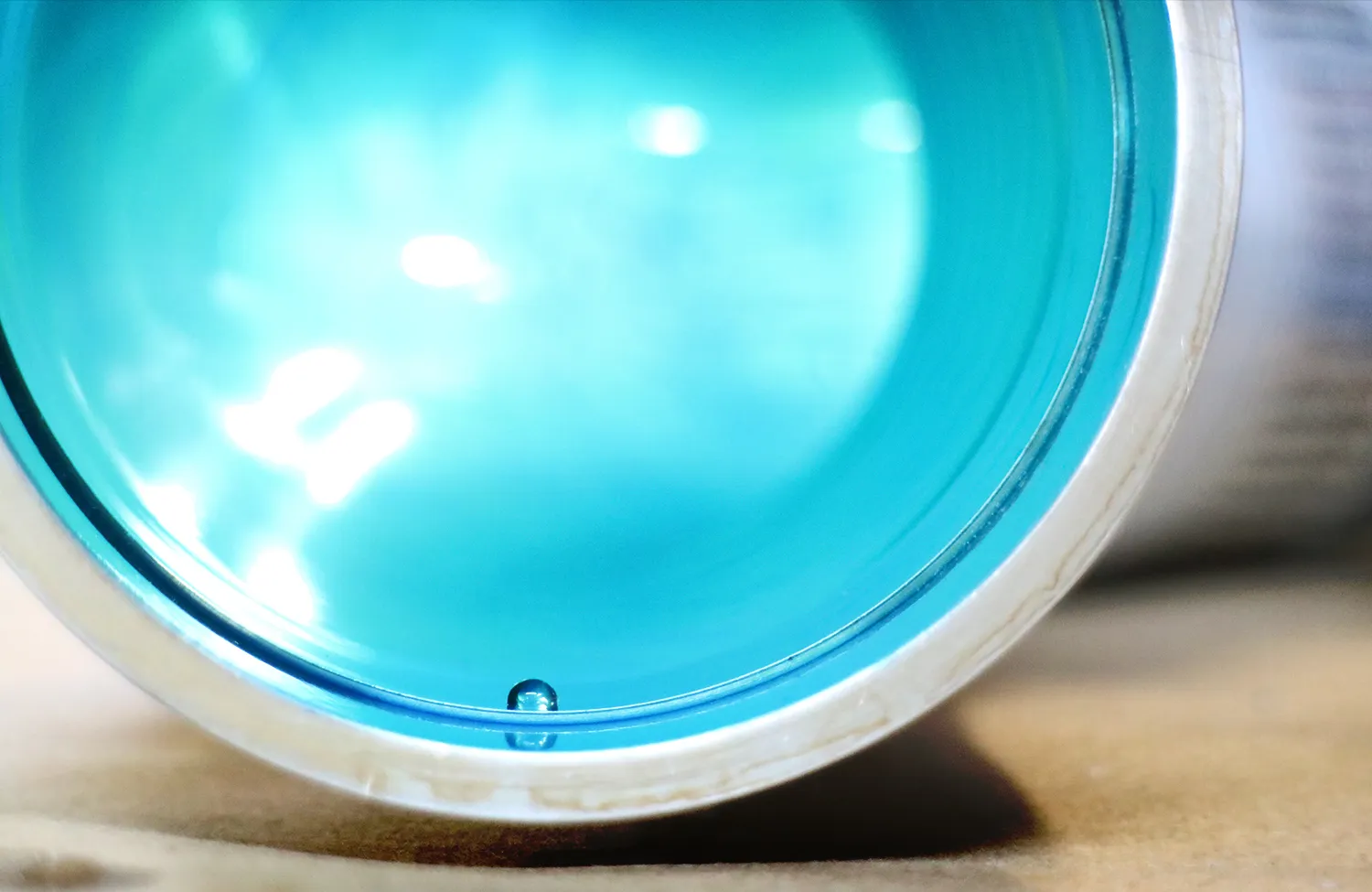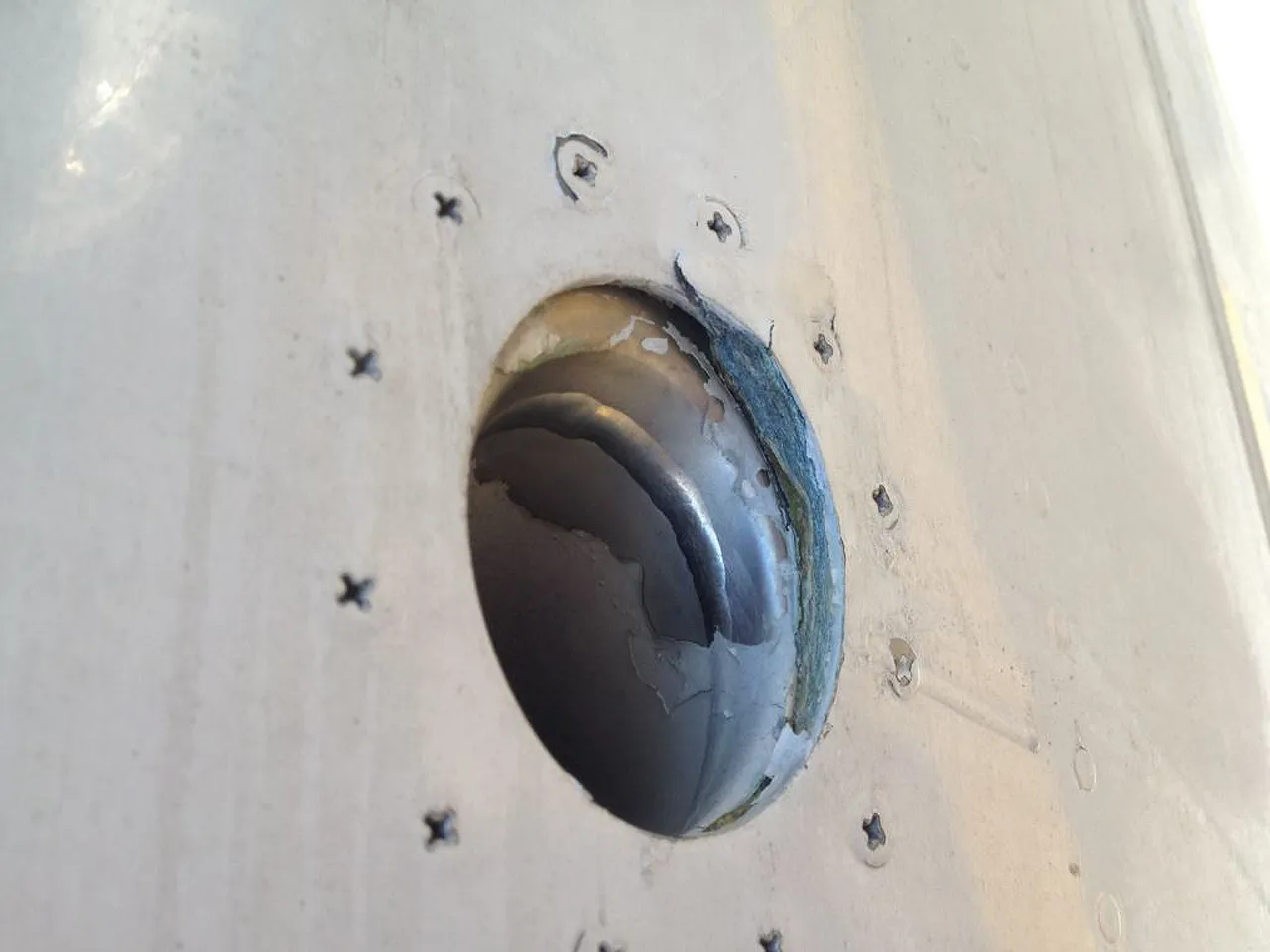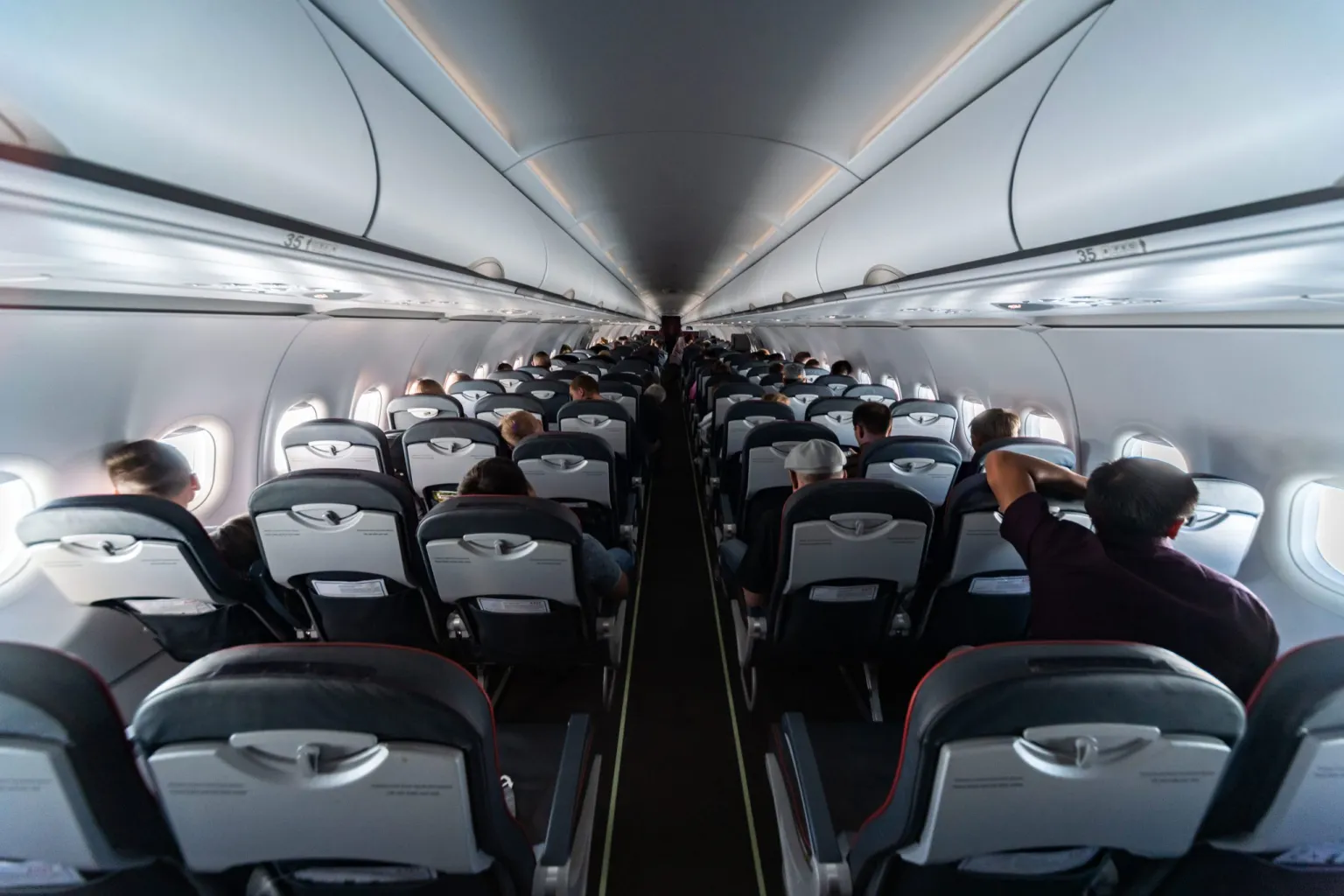The APW200 ECS Protection/Enhancement Series Taking the Aviation Industry into the 21st Century With New Corrosion Prevention Technology

Superior Protection
More durable compared to traditional corrosion inhibiting compounds (CIC)

Water-Based Technology

Cost & Time Savings

Environmentally Friendly

Developed specifically for aviation applications, ECS-protecting and enhancing NPL uses proprietary nanotechnology to create a water-repelling, omniphobic layer on existing substrates that can drastically minimize the buildup of debris within ECS components, promoting efficient flow. In addition, APW200 NPL provides excellent corrosion protection for the protected substrates.
How can AeroPel better protect against corrosion?
With a superior bond strength to the substrate, resistant to chemicals and abrasion, AeroPel NPL provides a robust protection for both bare metal and existing organic-based protective measures. AeroPel NPL is inherently durable and outperforms traditional organic-based corrosion inhibiting compounds.

Key Benefits

AeroPel APW200 applied onto ECS ducting system



